Meeting Higher Expectations of Chinese Parents: Exclusive Interview with Asia-Pacific Business Director of Stokke
August 15,2017
Chinese parents have become more and more selective when it comes to baby and child products. They have gone from choosing the most expensive product without hesitation, to being curious about the reasons behind the high prices. This complicated and sensitive attitude has become a big challenge for brands. Lars Myrup, Business Director for the Asia-Pacific Region of the notable Northern European baby and child product brand Stokke, on the other hand, regards this development as an enormous opportunity. He cheerfully shared with Luxe.CO his insights: тModern Chinese consumers are beginning to explore the story behind the price tag, which gives us the chance to share with them the history, culture and design of our brand.т
Founded in 1932, until recently Stokke relied on its distributors in more than 80 countries around the world. After trialling direct distribution, the company has opened its first flagship store in Shanghai, a move that shows the importance attached to the Chinese market and the companyтs high expectations for it. We talked to Myrup about the unique story behind this Northern European brand, and how Stokke views the opportunity and challenges present in the Chinese market.
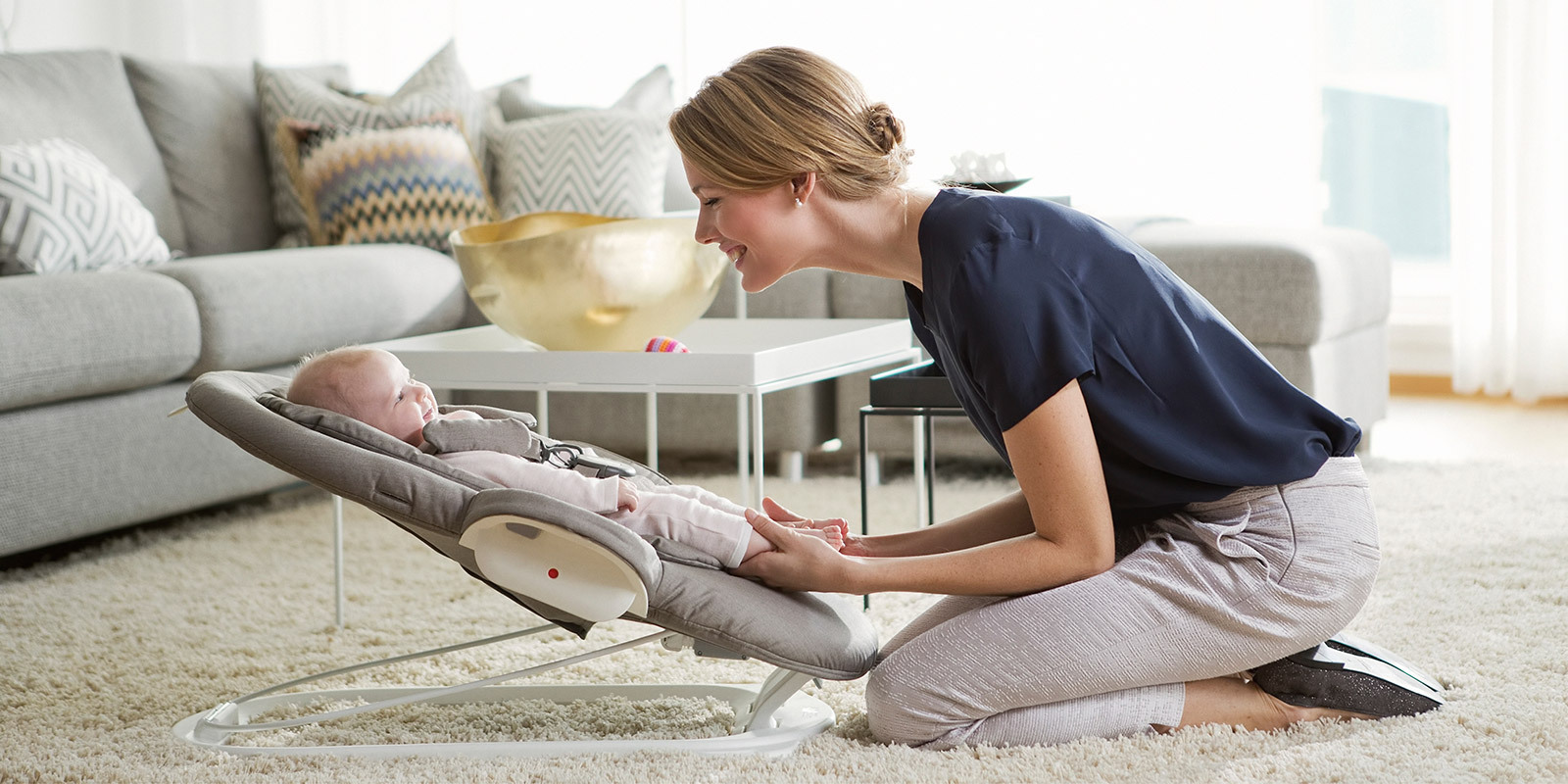
Stokke is not a luxury brand, but a brand that focuses on communication between parents and childrenТ
Having been responsible for Stokkeтs Asia-Pacific operations for a year now, Lars Myrup is no stranger to the Chinese market. Before Stokke, Myrup worked for the top Danish brand Bang & Olufsen for 14 years, and was responsible for bringing the brand to China. He recognises the changing attitudes of Chinese consumers very clearly:
Т тFifty years ago when I first came to China, upper-class Chinese consumers were buying the most expensive products available, regardless of whether these were clothes, watches or shoesтІ but today, the younger generation of consumers has come of age. While they still consume expensive products, they also ask questions about why the price is so high and how the products they buy are designed and manufactured. They care more about design and the quality behind the brand and the price.т

тAs a man, I prefer a larger pushchair to better fit my build.т This was the observation of one father, a fitness coach, in the Stokke store at Parkview Green, Beijing. He chose a pushchair featuring rubber tyres that are suitable for all terrains.
In the Asian market, Stokke was once regarded the тRolls-Royce of pushchairsт. This was high praise and an acknowledgement of its fine design and quality, but to the brand this nickname went against its original intention, because it suggested that it was a luxury brand, and misled consumers into equating high prices with good quality.
Myrup emphasises: тWe do not like the comparison because luxury goods are designed for a small group of wealthy consumers, whereas Stokke products are designed for all parents.т As the father of several children, Myrup himself has been a loyal customer of Stokke for 14 years.
The idea behind Stokkeтs designs is тDesigned to be Closeт, representing family values and respect for individual development. The new generation of Chinese parents pays more attention to the importance of communication with their children than their parents did. Living in better economic conditions too, they are used to luxury brands. When choosing baby or childrenтs products, they do not necessarily pick the most expensive brand, but the one that can best facilitate building a better relationship with their child.
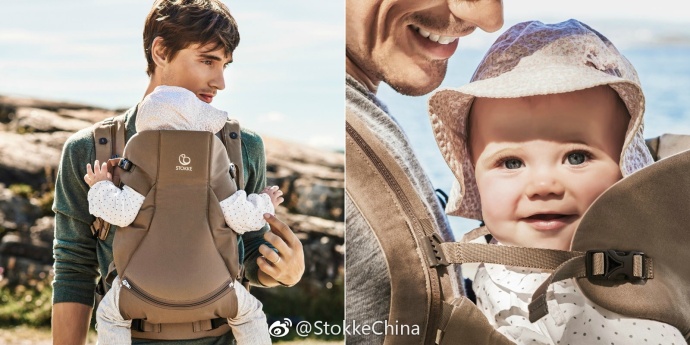
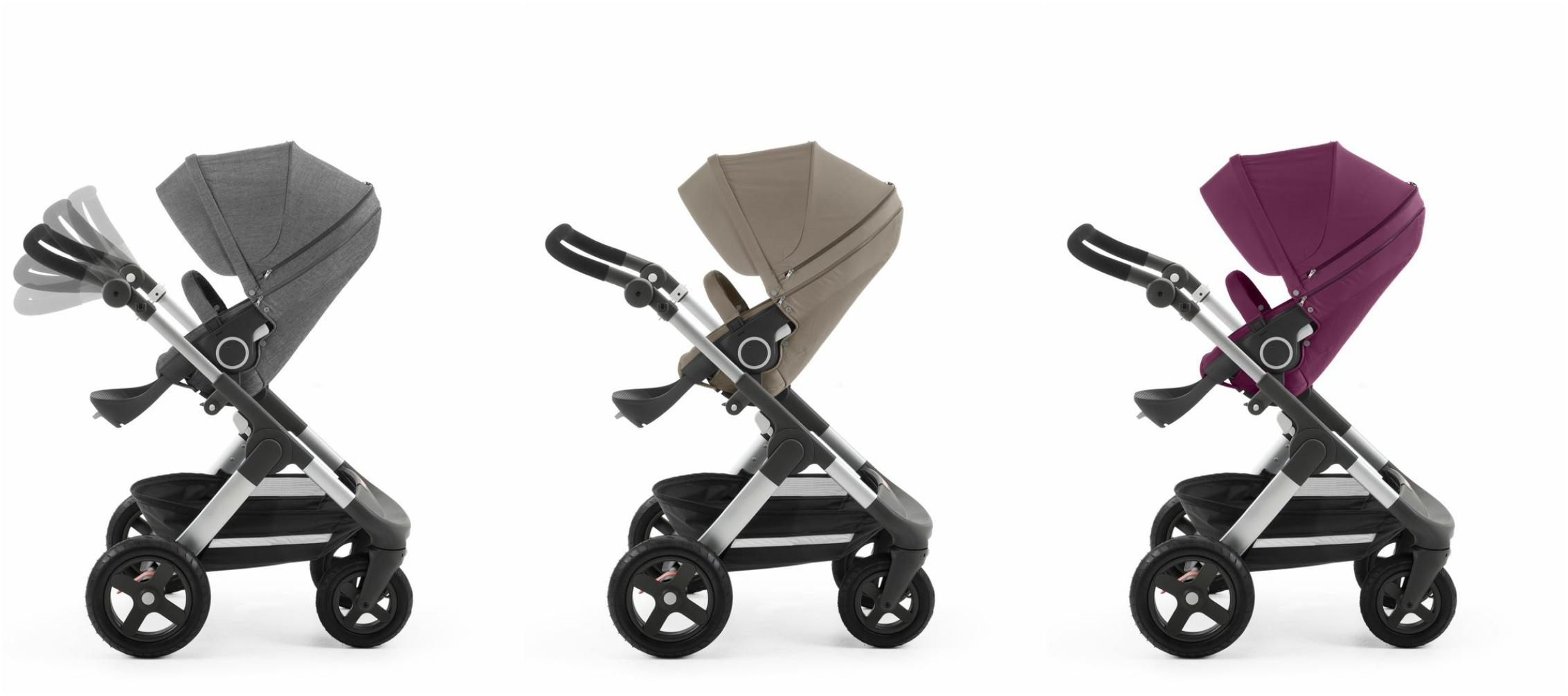
Whether itтs a pushchair or a highchair, the refined design and decided quality of Stokke products are its stand-out features. тOur pushchair allows the baby to face his or her parents. When a newborn is sitting in a way that means they can easily see their parents, they feel more secure, and therefore might even love being in their pushchair.т Myrup believes Stokkeтs dedication to strengthening the bonds between children and parents to be the companyтs most valuable quality.
China as the priority among prioritiesТ
Before starting its direct distribution business, Stokke products were sold through its online store and by distributors in over 80 countries. After the decision was made to try direct distribution, Stokke reorganized its operations in the Asian market, and especially in China. The first direct sales stores opened in Shanghai, Seoul and Moscow.
Five years ago when Stokke first entered China, it chose to work with brand agents to test the market. тWe collected feedback from our agents and business partners, many of whom suggested that Stokke was very popular in China. We felt that it was the right time to open our direct selling business,т notes Myrup. тWhen brands are talking about entering the Asian market, what they mainly mean is entering the Chinese market. This is also why we opened our first ever flagship store in Shanghai.т
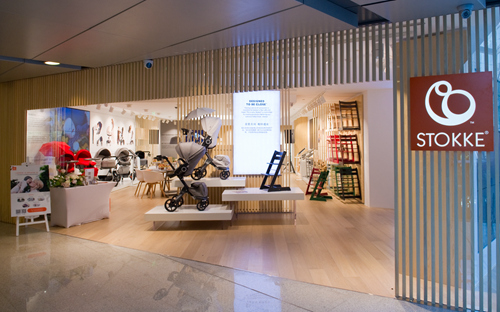
Т Stokke Beijing flagship store
The Shanghai flagship store opened in July last year, and was followed this May by the Beijing flagship store, which opened in Parkview Green. Stokke plans to open another flagship store in Guangzhou and accelerate the speed with which more stores are opened in Chinaтs other first-tier cities.
At present, the main fashion consumers in China are millennials (aged 18 to 37), and many of them are in the process of becoming parents. Naturally they will become the main consumers of material and child-oriented products. In addition, with the policy allowing a second child coming into effect, the Chinese market has a huge potential waiting to be explored.
According to Roland Bergerтs 2016 report on тChinaтs Market for MotherтInfantтChild Products and Servicesт, in the next five years, the Chinese market will grow at a speed of 15 per cent every year, from a value of 1.8 trillion RMB to 3.6 trillion RMB by 2020.
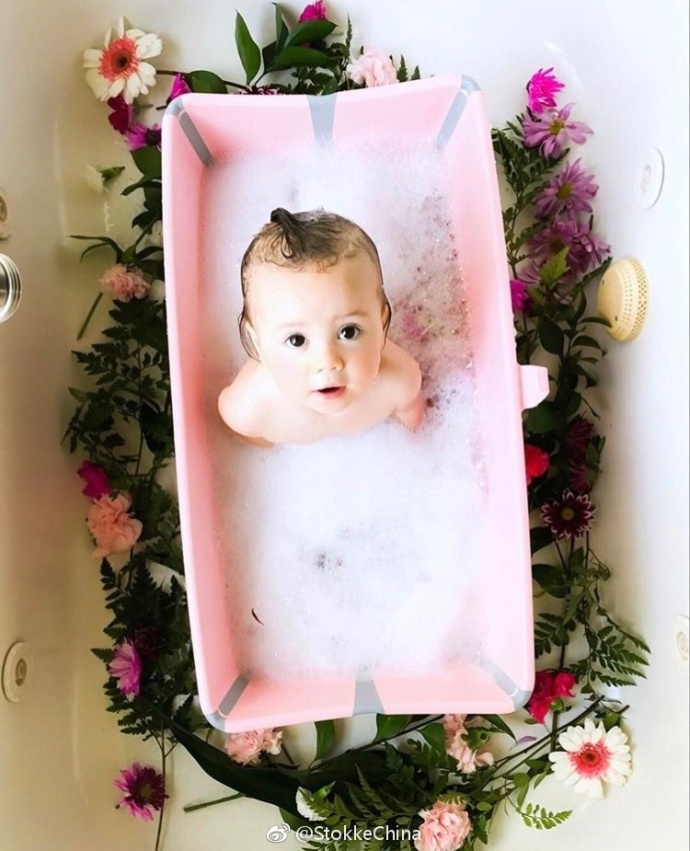
Communication and conflicts between the Chinese market and the Northern European lifestyle
Stokke is ambitious about its direct selling business in China, but there are challenges as well as opportunities in the Chinese market. The differences in lifestyle in China compared to Northern Europe, and even compared to Asia, have led to baby and child products being used in different ways. This creates a challenge for Stokke, which has to convey itsТ lifestyle concept while realizing sales to meet its targets in the Chinese market.
For instance, Stokkeтs classic Tripp TrappТЎ Chair, which has sold 10 million pieces globally, previously only came in one colour т natural wood т which fit with the local style of home decoration in Norway. However, to meet the varying needs of different home decoration styles, Stokke has had to release more colours. This May, Stokke released the Tripp TrappТЎ Chair in Forest Green in its Beijing flagship store, with the aim of providing Chinese parents with more options. At the same time, Stokke invited several Chinese celebrity families to participate in painting the Tripp TrappТЎ Chairs, after which the artworks were auctioned off for charity.
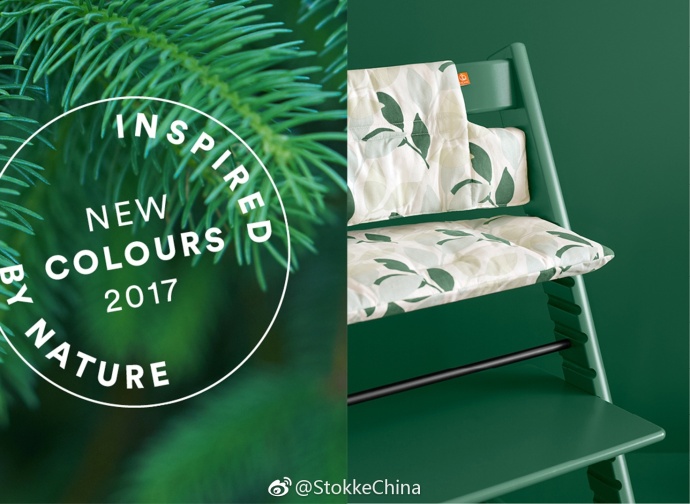
Stokkeтs Tripp TrappТЎТ Chair
Feedback from Chinese consumers has also improved the brandтs designs for local use. For instance, the original pushchair features a backpack for storage. However, many parents suggested that it was difficult to take care of their children while wearing the backpack. The design team, therefore, made adjustments to the bag so that it could hang under the pushchair, thus freeing parentsт hands.
Direct selling channels, especially physical stores, have also allowed the brand to better communicate with consumers. In order to provide a better shopping experience, Myrup explains that all Stokke store staff are trained in Europe. тWhen customers come into the store and ask questions, such as тwhat are the most popular products and why?т, or тwhich product would suit me best?т, our sales staff has to be able to help the customer to figure out their ideal fit.т
Aside from the differences in lifestyle, Stokke also faces a series of challenges from the market environment. Stokke CEO Jacob Уsterhaab has stated that the upper class in China is growing, with current consumers enjoying a close relationship with the brand. However, apart from constantly creating new products to meet the needs of consumers, the brand also needs to make efforts to protect its intellectual property.












Comments